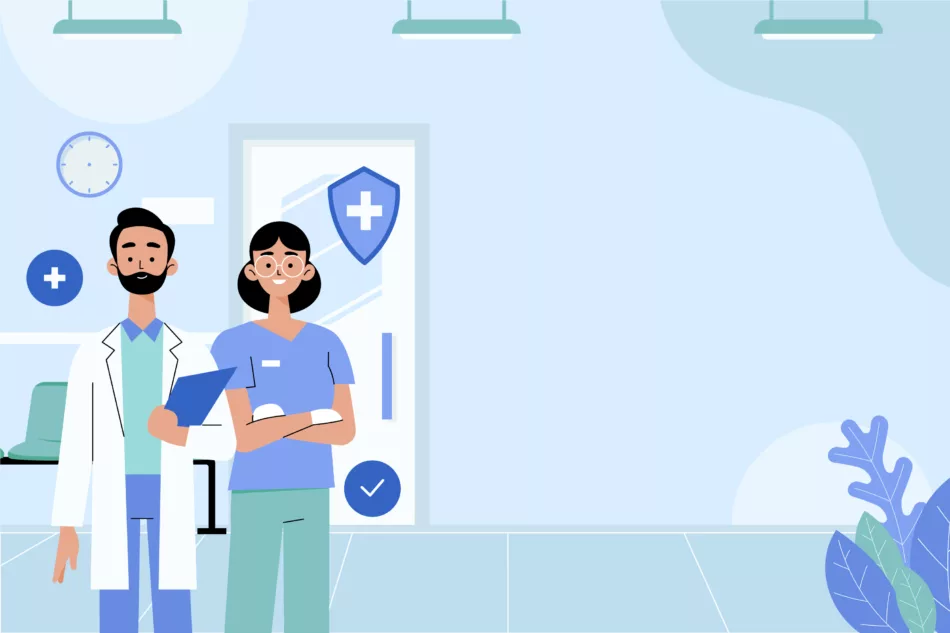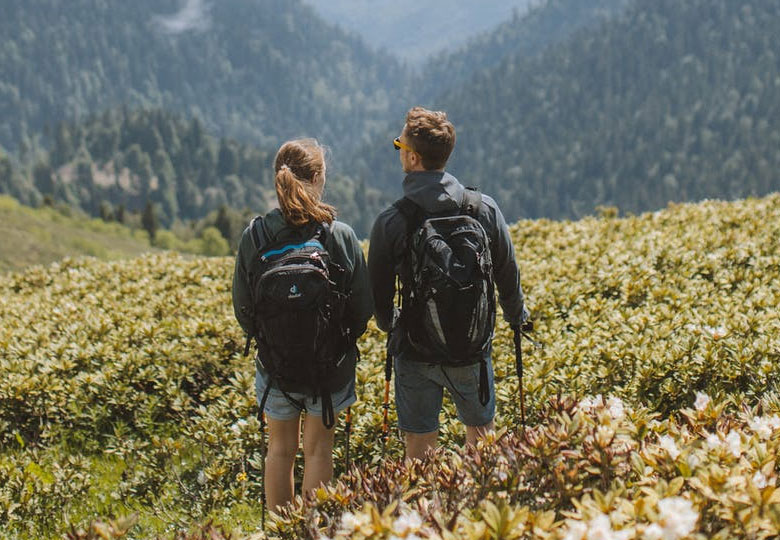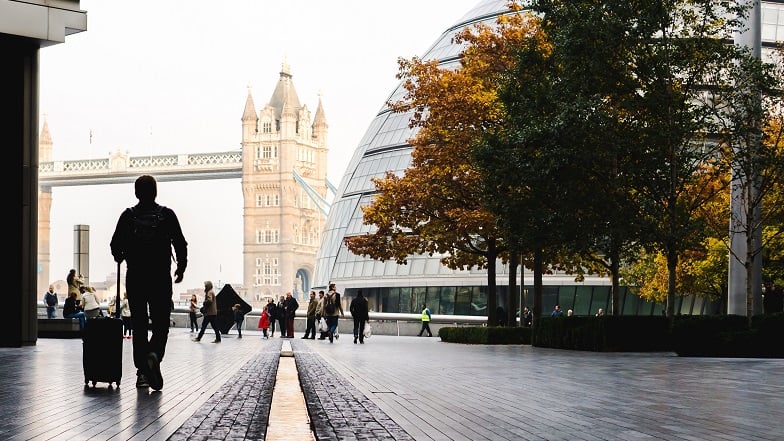Incredible service – so helpful
Excellent service! Chazile went above and beyond to prepare me for my travels to south east Asia. Very kind, sharp and added helpful bits of information that will be useful during my travels. Even created a vaccine booklet for me that I asked for to keep track of my vaccines for the future. Highly recommended The London Vaccination Clinic. Thanks again Chazile 🙂 Nick
What Travel Vaccinations do you need?
We provide all the essential Travel Vaccinations and medication to keep you safe and well abroad including, Cholera, Hepatitis A, Hepatitis B, Japanese Encephalitis, Malaria Medication, Meningitis, Rabies, Tick-borne Encephalitis, Typhoid and Yellow Fever.
Our London Travel Clinics
All 5 of our centrally located travel clinics are convenient for people living and working in London. Liverpool Street, London Bridge, High St Kensington, Battersea and Mayfair. We are open early morning, lunchtime, evening and weekends and provide all of the vaccinations and medications that you need.

Expert inoculation advice
Our talented team of healthcare professionals have years of combined expertise in travel medicine and they’re all keen travellers themselves. Unlike GPs we focus exclusively on travel health. We’re not generalists, we’re specialists.

What our customers say about us.
We love what we do, we believe our enthusiasm shows and we’re very proud of our excellent reputation. We work hard to maintain it, and it’s great when people appreciate our efforts.
Travel vacines
Attended a consultation for travel vacines, the nurse explained everything with care, provided good advice. We then add a follow up consultation with a different nurse for the vaccines and was also very kind and professional. Was very impressed, we did not feel pressured to have more vacines then reasonable and both nurses gave pricing information upfront.
Very positive experience
Really easy to book and the nurse who I saw in Liverpool Street was really kind and helpful. She went through my vaccination history, what I needed for my trip and explained everything I needed to know ahead of administrating the vaccine I needed.
I am glad I arrived early as the venue was tricky to find as the name of the building has changed so doesn’t match Google maps. Put me in a slight panic as I thought I was going to miss my appointment but I found it in the end!
Thorough and helpful consult
Thorough and helpful consult. Professional and pleasant experience, amazing and k knowledgeable staff!
My nurse was a beautiful soul inside…
My nurse was a beautiful soul inside and out. I have a fear of needles and she was so patient and reassuring from beginning to end. She asked me questions, helped me to relax and made me feel like an individual rather than just someone on the list for the day.
Our Nurses
At the London Vaccination Clinic, we are proud to introduce our team of expert nurses who are dedicated to providing excellent customer care and over delivering for our customers. Our nurses possess a high level of skill and expertise, ensuring that every individual receives the best possible preparation and protection for their travel needs, regardless of their destination or personal circumstances.
We prioritize the development of our nurses and take pride in their continuous growth. All our nurses are registered with the UK regulatory body, ensuring their professionalism and adherence to the highest standards of care. To further enhance their knowledge and skills, our nurses receive regular training from our medical and clinical directors, who provide them with the latest updates and advancements in the field.
As a CQC regulated and approved clinic, we are committed to delivering the highest quality of care to our patients. Our dedication to excellence extends across all our clinics located throughout the UK. We strive to create a safe and welcoming environment where individuals can receive comprehensive and personalized care for their travel health needs.
At the London Vaccination Clinic, we understand the importance of your health and well-being while traveling. Our team of skilled nurses is here to ensure that you are well-prepared and protected, allowing you to embark on your journey with confidence and peace of mind.
We operate under the rigorous standards set by the CQC and are committed to delivering top-notch care to our patients at every one of our UK clinics.
5 Star
excellent TrustPilot rating
30 sec
average booking time
15 Min
Appointments
Booking an appointment within one of our excellent travel clinics is quick and easy and average appointments are just 15 minutes!



